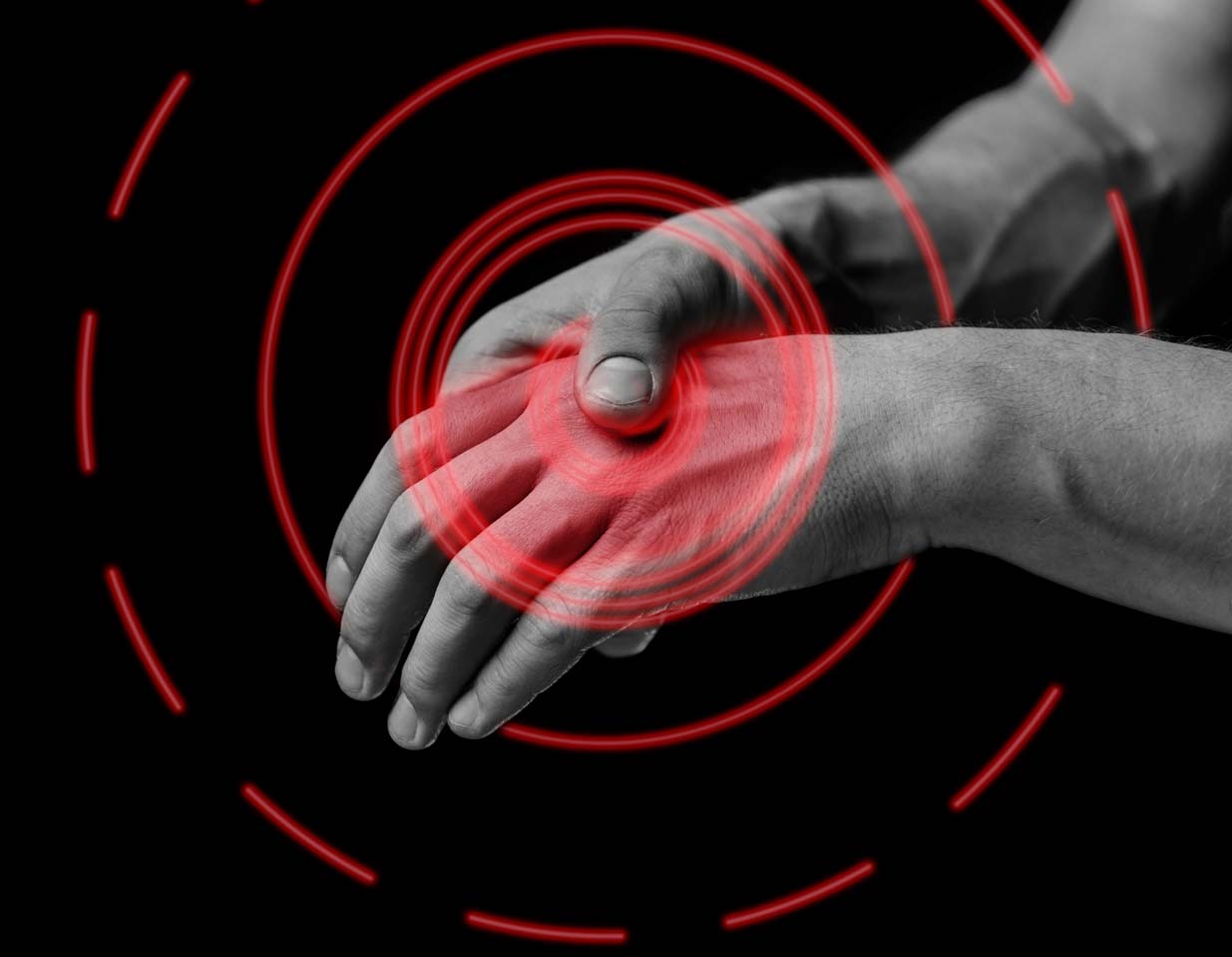Rheumatoid Arthritis (RA)
Preclinical animal models contribute to recent advances in the understanding of the immunopathology of Rheumatoid Arthritis (RA). Certain aspects simulate the clinical, immunological, and histopathological features of the disease. In addition animal models continue to provide the means of testing and evaluating new therapeutic agents for the treatment of rheumatoid arthritis.
Invitek offers several rodent models of Rheumatoid Arthritis and inflammation for the screening, testing and evaluating new drugs and formulations.
Collagen Induced Arthritis (CIA) Model
Collagen Induced Arthritis (CIA) is a widely used and well characterized animal model of autoimmunity. This model is extensively studied because of its similarities to human Rheumatoid arthritis. CIA is linked to MHC-class II molecules and depends on the species of type II collagen used for immunization. Arthritis is induced in genetically susceptible strain of mice or rats by immunization with type II collagen (bovine or chicken).
Immunization in mice done in Complete Freund’s Adjuvant (CFA) containing M. tuberculosis H37RA. In addition a booster injection on day 21. Symptoms begin appearing within 5-7 days after booster dose.
Immunization in rats done in Incomplete Freund’s Adjuvant (IFA). In addition booster injection on day 7. Symptoms begin appearing within 3-5 days after booster dose.
Adjuvant Induced Arthritis (AIA) Model
Adjuvant Induced Arthritis (AIA) is a T-cell mediated autoimmune arthritis, therefore frequently used to study immunological aspect of Rheumatoid arthritis (RA) and other arthritic or inflammatory disease. AIA is a well established experimental animal model and frequently used for testing and evaluating anti-inflammatory drugs.
Adjuvant arthritis performed in genetically susceptible strain of rats through immunization with Incomplete Freund’s Adjuvant (IFA) containing M. butyricum. Symptoms start appearing 8-10 days after immunization and last for 15-20 days.

Antigen Induced Arthritis (AIA) Model
Antigen Induced Arthritis (AIA) is a T-cell mediated autoimmune arthritis. The arthritis remains confined to the injected knee joints and therefore is used to study immunological aspect of Rheumatoid arthritis (RA).
Arthritis induced by direct injection of methylated Bovine Serum Albumin (mBSA), an antigen, into the knee joint of pre-immunized animals. mBSA injected into the right knee joint to induce unilateral arthritis while the left knee joint injected with saline as the control.
SCW‐induced Arthritis Model
The Streptococcal Cell Wall (SCW) induced arthritis model closely simulates many features of Rheumatoid arthritis (RA). A single intraperitoneal injection of group-A streptococcal peptidoglycan‐polysaccharide (PG‐PS) cell wall fragments induce an initial acute inflammation phase, followed by a chronic inflammatory phase. As a result this model is frequently used for the assessment of therapeutic compounds on the acute and chronic arthritis studies. Furthermore, SCW arthritis model has two sub models:
A.Polyarticular SCW-induced arthritis
First, the polyarticular model induced by intraperitoneal injection of PG-PS 10S in female Lewis rats, resulting in an acute inflammatory response and swelling of the joints. The joint inflammation progresses during the first five days followed by a period of remission, after which spontaneous reactivation occurs, resulting in chronic arthritis.
B.Monoarticular SCW-Induced arthritis
Next, the monoarticular model induced by intra-articular injection of PG-PS 100P in the hind ankle joint of female Lewis rats followed by systemic intravenous injection. Inflammation localized only in the sensitized joint with no detectable involvement in other joints.
Carrageenan Induced Paw Edema
Carrageenan induced paw edema is an acute non-immune, well established and highly reproducible animal model of inflammation. The cardinal signs of inflammation include edema, hyperalgesia, and erythema, which develop immediately after the subcutaneous injection of carragenan.
Animals assigned to different groups and dosed with respective test articles. After 30 minutes of administration of test articles, carrageenan suspension injected subcutaneously in the sub-planter region of the right hind paw, while the contralateral paw (left ) serves as control. Paw volume and thickness measured at different time points after the injection. Paw volume measured using plethysmometer, while paw thickness measured using caliper. In addition level of serum cytokines and PGE2 measured by an enzyme-linked immunosorbent (ELISA) assay.
LPS induced Inflammation
Sepsis is a systemic response to serious infection, and has a poor prognosis when associated with organ dysfunction, hypo profusion, and hypotension. Sepsis initiated by exposure to lipopolysaccharide (LPS), a gram-negative bacteria membrane. This results in the overproduction of host inflammatory cytokines, such as TNF-α, IL-1β, IL-6, IL-10 which up-regulate the expression of inducible nitric-oxide (iNOS).
Following acclimatization, animals assigned to different groups and dosed with respective test articles. A hour after administration of test articles, animals injected intraperitoneally with LPS. Survival rates monitored at different time points. In addition serum cytokines levels analyzed.


